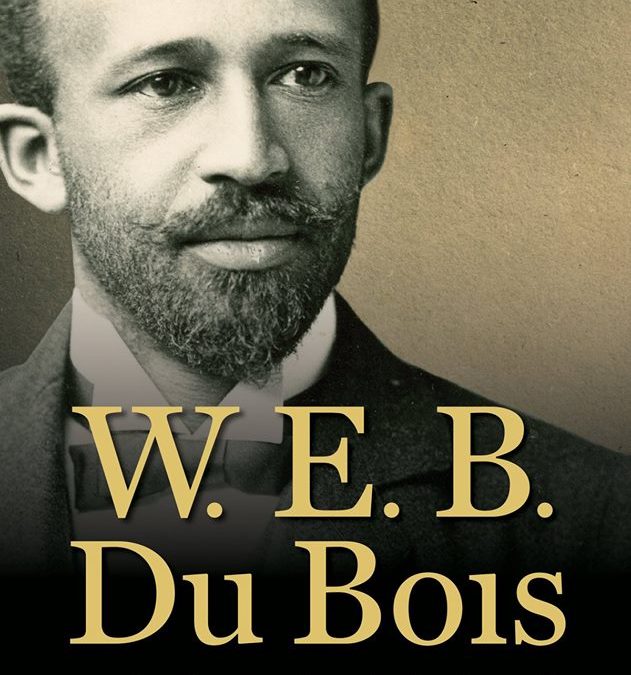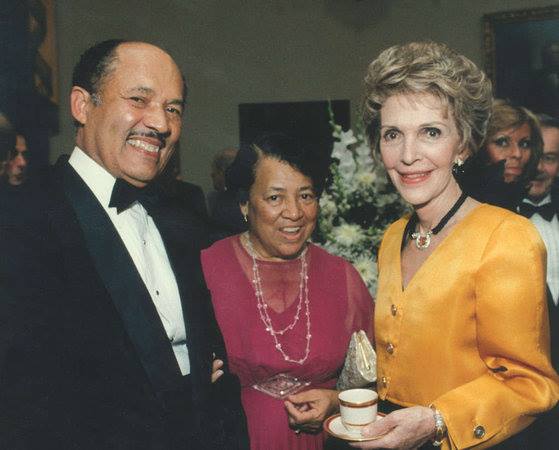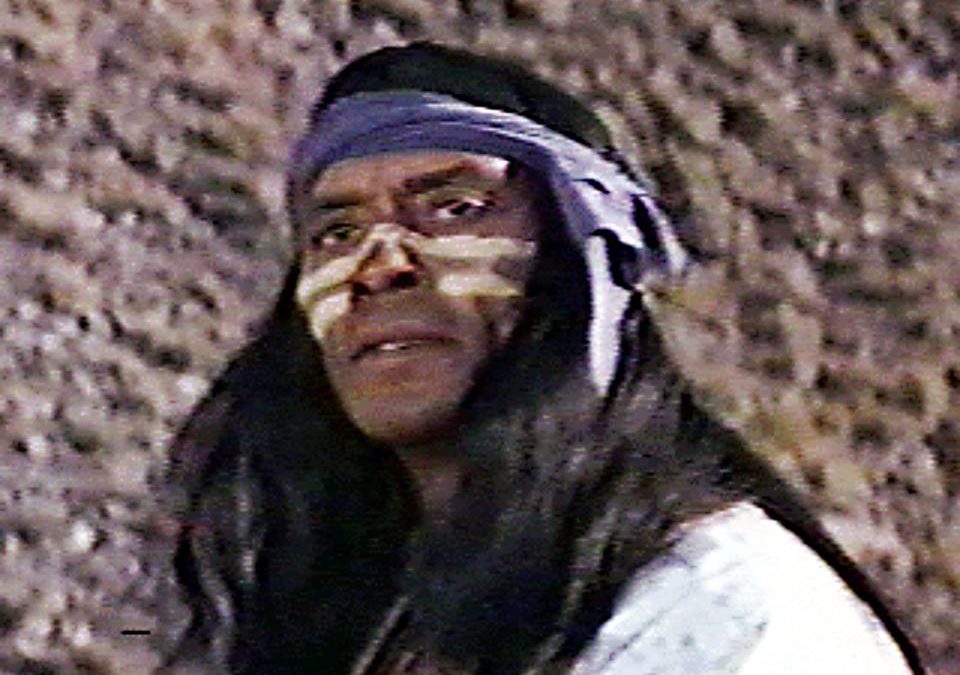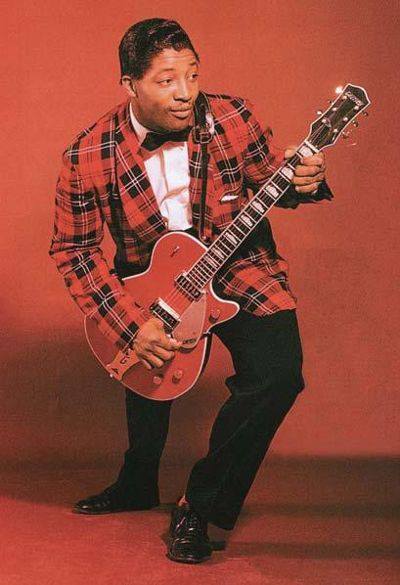GM – FBF – This is last entry for the year 2018 and I have a
different story for every day of this year. I want to thank all of you who have
stopped by and gotten something from the daily posts and for the ones who went
on to share the daily posts.
One hundred years ago 1919 was called “The Red Summer” with all
of the lynching’s that Black people faced. I will tell many of those stories in
2019.
Today’s Story is about a Black athlete who broke the color
barrier in professional football in 1946 (a year before Jackie Robinson
integrated major league baseball) and is regarded as having the first dignified
role for a black actor in a feature motion picture. Enjoy!
Remember – “ I have been able to serve my country, play
professional football and do acting in Hollywood. I have a good life” – Woodrow
Wilson Stride
Today in our History – December 31, 1994 – Woodrow Wilson
Woolwine (Woody) Strode dies.
(B. 28 July 1914 in Los Angeles, California; d. 31 December 1994
in Glendora, California), Strode was one of two sons of Baylous Strode, Sr., a
brick mason, and Rose Norris Strode, a homemaker; Baylous Jr. was the couple’s
only other child.
Strode was tall and thin as a youngster, and his athletic
ability did not materialize until he reached junior high school. After a growth
spurt, he developed into a fine all-around athlete, earning all-city honors in
football and all-state recognition in track and field at Thomas Jefferson High
School in Los Angeles. His athletic ability interested several major colleges
on the West Coast. He chose the University of California at Los Angeles (UCLA),
at the time a relatively young institution that had recently moved to a new
campus in the Westwood section of Los Angeles. In going to college, Strode
fulfilled his father’s wish that he “get an education.”
During the late 1930s Jackie Robinson and Kenny Washington, also
black athletes, were the bright stars on the UCLA gridiron, but Strode was also
outstanding. It was at this time that Strode prepared for the decathlon (a
ten-event track and field sport) in the 1936 Olympic trials.
Because of his muscular physique, Strode was asked to pose for
an art class. He also caught the attention of the acclaimed German
cinematographer Leni Riefenstahl, who took several still photographs of Strode
and had him pose for a sculptor. The Nazi leader Adolf Hitler saw the
photographs and sent Riefenstahl to America to film Strode. A painting of
Strode was used, ironically—given Hitler’s thoughts on Aryan supremacy—as part
of the Berlin Olympic Festival in 1936.
When Strode finished his schooling at UCLA, the National
Football League (NFL) was still an all-white organization. Blacks had no
opportunity to play in the nation’s only major professional football league.
However, Strode and Washington did play with the Hollywood Bears of the Pacific
Coast League, a minor league, and they actually earned more money than many NFL
players.
During the late 1930s Strode and his UCLA teammate Washington
began working in the service department at Warner Brothers Studio. After he
left UCLA, Strode’s contacts at Warner Brothers allowed him to secure small
roles in motion pictures, including Sundown (1941), Star-Spangled Rhythm(1942),
and No Time for Lave (1943). But Strode was mainly an athlete during this time.
When not playing football, he trained as a wrestler and won several
professional matches. In 1941 he married Luana Kalaeloa, a Hawaiian princess.
They later had two children: a son, Kalaeloa (known as Kalai), and a daughter,
June.
When World War II broke out, Strode joined the U.S. Army Air
Corps. He was stationed at March Field in Riverside, California, where he was a
member of one of the top service football teams, the Fourth Air Corps Flyers.
Commenting on Strode, Paul Stenn (“Stenko”), a ten-year NFL player, recalled,
“I played along side of him—and he was good. I had played pro football and I
can tell you Woody Strode was as good as the NFL players. He just needed a
chance to prove it.”
Strode got that chance after the war. When the Cleveland Rams
moved their franchise to Los Angeles in 1946, they became the first major
league team to play on the West Coast. The Rams wanted to play in Memorial
Coliseum, a 100,000-seat stadium. Leaders of the black community reasoned that
if the team was going to play in a public facility, then all Americans should
be entitled to play on the team. Pressure was brought to bear, and in the
spring of 1946 Strode and Washington signed on with the Rams, becoming the
first blacks to play in the NFL since the league’s pioneering days in the
1920s. Unfortunately, both Strode, then age thirty-two, and Washington, then
twenty-nine, were past their athletic prime. Underutilized by the Rams, Strode
caught only four passes for thirty-seven yards and was waived at the end of the
1946 season.
The next season, Strode signed with the Calgary Stampeders of
the Canadian Football League. Age and football injuries caught up with him by
1950, and Strode returned to the United States to pursue a professional
wrestling career in Los Angeles. The “movie crowd” often attended the wrestling
matches, and this led to Strode’s full-time acting career.
A talent agent signed him, and he appeared in several movies
that today would be known as “action” films. Strode often played the role of a
gladiator or jungle warrior. He gained notoriety as a gladiator in the 1960
epic film Spartacus. That same year Strode starred in the title role of
Sergeant Rutledge, a part that many consider to be the first dignified black
character in American cinema. Strode continued to land meaningful roles
throughout the 1960s and made films in Italy in the 1970s. He also made regular
television appearances, ranging from a starring role in Ramar of the Jungle to
a part in The Quest.
One of Strode’s last major roles was in the 1984 film The Cotton
Club. After he did several other feature films and a television movie (A
Gathering of Old Men, 1987), Strode retired to a ranch in Glendora, California,
with his second wife, Tina (Strode remarried on 10 May 1982 after Luana’s death
in 1980 from Parkinson’s disease). Strode died on New Year’s Eve, 1994, in
Glendora of natural causes about a year after he was diagnosed with lung
cancer. He was buried with full military honors in Riverside National Cemetery
in California.
Strode was a versatile
athlete who made his mark in the world of sports, but he is best remembered as
one of the first blacks to integrate the modern NFL. He also left an important
legacy of more than fifty feature films. His many significant roles opened the
door for other black actors to follow—much like his role as a black pioneer in
professional football led the way for future black athletes. Research more
about Black athletes turning to movie stars and share with your babies. Make it
a champion day!




